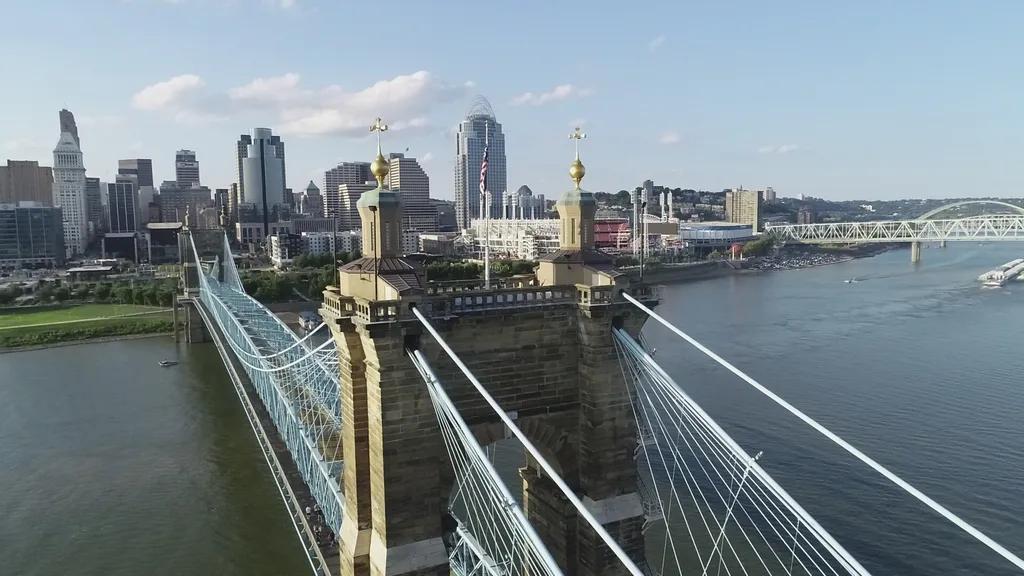Chimneys are not only an essential part of a building’s structure, but also play a crucial role in ensuring proper ventilation and safety. However, a leaning chimney can be a cause for concern as it poses potential risks to the overall stability of a property. In this article, we will delve into the common causes of a leaning chimney and explore the various solutions available to rectify this issue, ensuring the structural integrity and safety of your home.
Table of Contents
- Common Causes of Leaning Chimneys
- Signs and Dangers of a Leaning Chimney
- Professional Solutions for a Leaning Chimney
- Preventative Measures to Avoid Chimney Leaning
- Q&A
- To Conclude

Common Causes of Leaning Chimneys
Leaning chimneys are a common issue that many homeowners face, and there are several reasons why this can happen. One of the most common causes is a poor foundation, which can cause the chimney to shift and lean over time. This can be due to soil movement, settlement, or even poor construction techniques.
Another common cause of leaning chimneys is water damage. When water seeps into the chimney structure, it can weaken the mortar and cause the chimney to lean. Additionally, strong winds or natural disasters can also cause a chimney to lean. It is important to address these issues promptly to prevent further damage to your chimney and home.

Signs and Dangers of a Leaning Chimney
One of the most obvious signs that your chimney is leaning is if you notice it starting to tilt or lean away from your home. This can be caused by various factors, including foundation issues, poor construction, or even seismic activity. Additionally, you may also notice cracks forming in the exterior bricks or mortar of your chimney, which can indicate structural instability. Another warning sign to look out for is if your chimney starts to pull away from the rest of the house, creating gaps between the chimney and the roofline.
Leaning chimneys can pose serious dangers to your home and family if not addressed promptly. If left unchecked, a leaning chimney can collapse, causing significant damage to your property and potentially putting your loved ones at risk. In addition to the risk of collapse, a leaning chimney can also lead to issues such as water leaks, smoke seepage, and poor ventilation. To ensure the safety of your home, it is crucial to address any signs of a leaning chimney as soon as they are noticed.

Professional Solutions for a Leaning Chimney
Common Causes of a Leaning Chimney
There are several factors that can cause a chimney to start leaning. Some of the most common causes include:
- Foundation issues: If the foundation of your home shifts or settles, it can cause the chimney to lean.
- Masonry deterioration: Over time, the bricks and mortar of a chimney can deteriorate, leading to instability.
- Poor construction: If the chimney was not built correctly or with the proper materials, it may start to lean over time.
When dealing with a leaning chimney, it is important to seek professional help to ensure the problem is addressed correctly. Some common solutions for a leaning chimney include:
- Chimney repair: A professional mason can repair any damaged masonry and reinforce the structure to prevent further leaning.
- Foundation repair: If the issue is with the foundation, a contractor specializing in foundation repair can stabilize the chimney and prevent any further movement.

Preventative Measures to Avoid Chimney Leaning
When it comes to preventing chimney leaning, there are several key measures that homeowners can take to ensure the structural integrity of their chimney. By being proactive and attentive to potential issues, you can avoid costly repairs and safety hazards down the road.
- Regular inspections: Schedule annual chimney inspections to identify any signs of leaning or structural damage early on.
- Maintain proper ventilation: Ensure that your chimney has adequate ventilation to prevent moisture buildup and deterioration of the masonry.
- Install a chimney cap: Keep out debris, animals, and moisture by installing a chimney cap to protect the top of your chimney.
| Preventative Measure | Importance |
|---|---|
| Regular inspections | Early detection of issues |
| Maintain proper ventilation | Prevent moisture buildup |
| Install a chimney cap | Protect chimney from debris and animals |
Q&A
Q: What causes a chimney to lean?
A: There are several factors that can cause a chimney to lean, including settlement of the foundation, deterioration of the chimney structure, seismic activity, and poor construction techniques.
Q: How can I tell if my chimney is leaning?
A: Signs of a leaning chimney can include cracks in the masonry, gaps between the chimney and the house, and visible leaning or tilting of the chimney structure.
Q: What are the potential risks of a leaning chimney?
A: A leaning chimney can pose serious safety hazards, including the risk of collapse, potential fire hazards, and damage to the surrounding structure.
Q: What are some solutions for fixing a leaning chimney?
A: Solutions for fixing a leaning chimney can vary depending on the cause of the issue, but may include reinforcing the chimney structure, repairing cracks and damage, and possibly even rebuilding the chimney.
Q: Should I attempt to fix a leaning chimney myself, or should I hire a professional?
A: It is highly recommended to hire a professional chimney repair specialist to assess and fix a leaning chimney, as improper repairs can worsen the problem and lead to further damage or safety risks.
To Conclude
In conclusion, a leaning chimney can be a serious problem that requires prompt attention to avoid further damage and safety hazards. Understanding the causes of a leaning chimney, such as foundation issues, settling, or structural damage, is crucial in determining the appropriate solution. By consulting with a professional chimney inspector or contractor, homeowners can address the underlying issues and implement effective solutions to stabilize and repair their chimney. Regular maintenance and timely repairs are essential in preserving the integrity and safety of your home’s chimney. Stay informed and proactive to ensure the longevity and functionality of your chimney for years to come.


